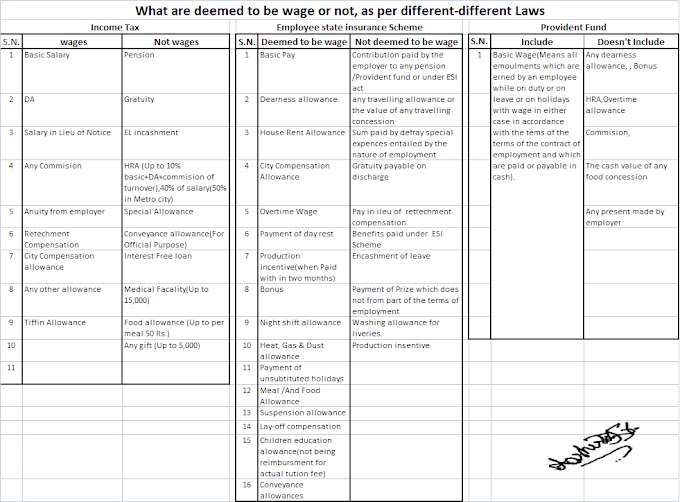Information is the engine that
drives organisations. Information about the organisation, its environment, its
products and services, and its people is essential to management and workers.
Without information, managers cannot make effective decisions about markets or
resources, particularly human resources. Likewise, insufficient information may
cause stress and dissatisfaction among workers. This universal need for
information is met through an organisation’s communication system.
Communication system provides formal and informal methods to move information
through an organisation so that appropriate decisions can be made.
All organisations have human resource
communication systems. Most organisations use a blend of formal, systematically
designed communication efforts and informal, ad hoc arrangements. For
convenience, most of these approaches can be divided into downward
communication systems, which exist to get information to employees, and upward
communication systems, which exist to get information from employees.
Grapevine communication is an
informal system that arises spontaneously from the social interaction of people
in the organisation it is the people-to-people system that arises naturally
from the human desire to make friends and share ideas. The human resource
department has an interest in the grapevine because it provides useful,
off-the-record feedback from employees, if human resource specialists are
prepared to listen, understand, and interpret the information.
In-house complaint procedures are
formal methods through which an employee can register a complaint. These
procedures are normally operated by the human resource department and require
the employee to submit the complaint in writing. Then an employee relation
specialist investigates the complaint and advises its author of the results.
Rap sessions are meetings between
managers and groups of employees to discuss complaints, suggestions, opinions
or questions. These meetings may begin with some information sharing by
management to tell the group about developments in the company. However, the
primary purpose is to encourage upward communication, often with several levels
of employees and lower-level management in attendance at the same time. When
these meetings are face-to-face informal discussions between a higher-level
manager and rank-and-file workers, the process may be called deep-sensing if it
attempts to probe in some depth the issues that are on the minds of employees.
These sessions also are called vertical staffing meetings because they put
higher-level managers directly in touch with employees. Constructive
suggestions sometimes emerge from these meetings.
Suggestion systems are a formal
method for generating, evaluating and implementing employee ideas. This method
is likely to succeed if management provides prompt and fair evaluations, if
supervisors are trained to encourage employee suggestions, and if top management
actively supports the program. Unfortunately, evaluations often take months to
process or supervisors see suggestions as too much work for them with few
personal benefits. As a result, many company suggestion plans exist on paper
but are not very effective.
Attitude surveys are systematic
methods of determining what employees think about their organisation. These
surveys may be conducted through face-to-face interviews, but they are usually
done through anonymous questionnaires. An attitude survey typically seeks to
learn what employees think about working conditions, supervision and personnel
policies. Questions about new programs or special concerns to management may
also be asked. The resulting information can be used to evaluate specific
concerns, such as how individual managers are perceived by their employees.





0 Comments